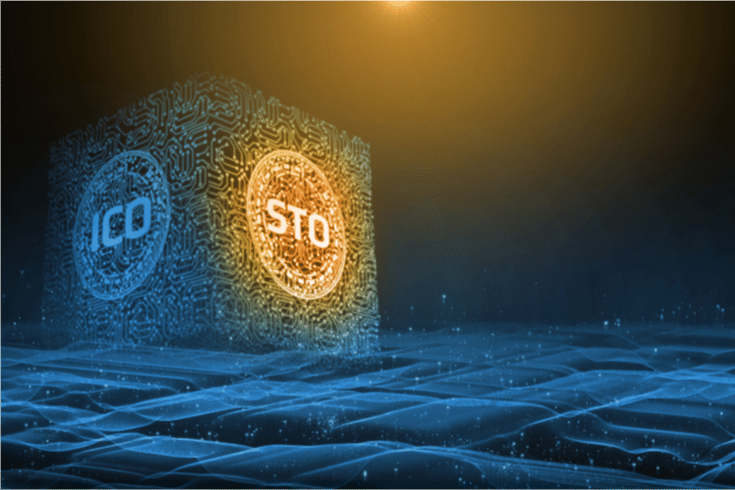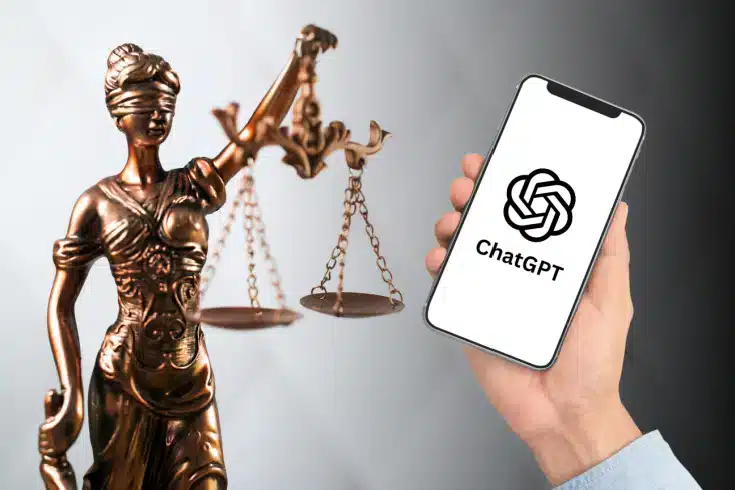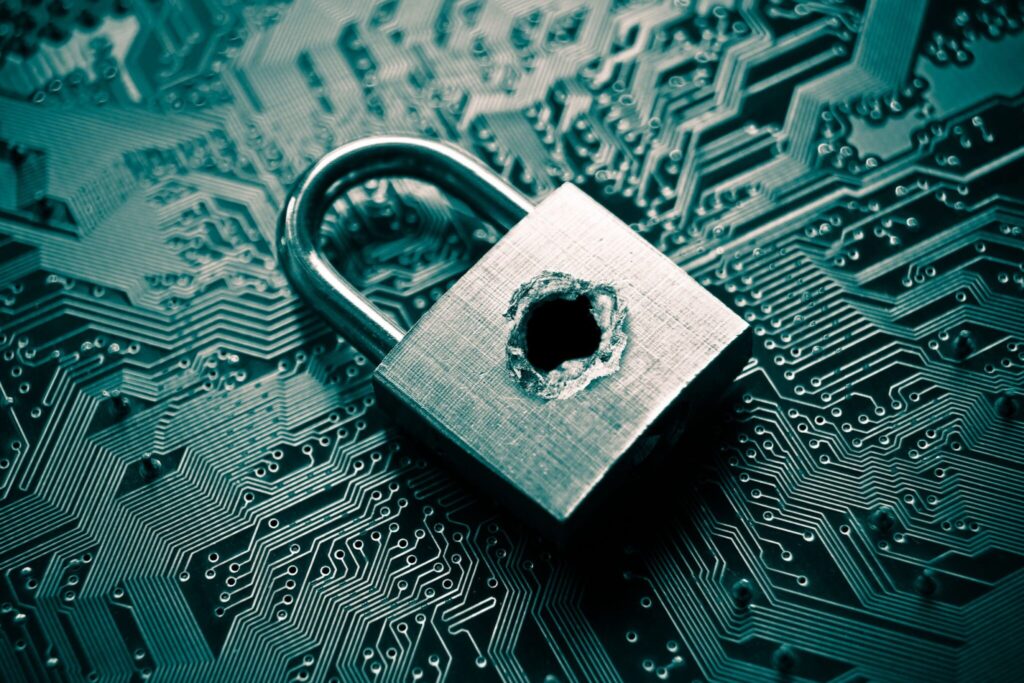What is the difference between STO and ICO? Explanation of the concept of security tokens and the significance of STO

In recent years, Security Token Offerings (STOs) have gained traction as a novel fundraising method.
How has the concept of STO, including its core security token, been affected by the revisions of financial regulations in Japan due to the emergence of new technologies like blockchain?
In what way does it differ from the concept of an ICO, which is also utilized as a means of generating funds? And how does it qualify as “new”?
In this article, we will provide responses to the aforementioned inquiries and elucidate the importance of delving into STO moving forward.
What is STO
STO is short for Security Token Offering, which is the practice of companies raising funds from the public by issuing security tokens.
In Japanese law, there is no explicit definition for security tokens. However, the Japan STO Association, a self-regulatory organization under the FIEA in Japan, provides some guidance on its website regarding this matter.
Furthermore, the Japan Security Token Association (referred to as “JSTA” hereafter), a supporting member of the Japan STO Association, also includes the following statement on their website.
A security token is a digital token that is issued on a blockchain network and is backed by securities or other assets. It allows the transfer of underlying asset rights in a secure and borderless way using the features of blockchain. In Japan, a security token is commonly referred to as “electronic record transfer securities display rights, etc.” under the Financial Instruments and Exchange Act. However, the definition of security tokens in JSTA is much broader, encompassing tokenized rights to assets that are not subject to Japanese law and the tokens representing such rights.
JSTA|ST definition and JSTA coverage
When it comes to concepts like “STO” and “security token,” there may be variations in the exact meaning ascribed by different experts in the field.
In this article, we will be classifying “security tokens” according to the JSTA into two broad categories.
- Security tokens under Japanese law (= “Electronic Record Transfer Securities Display Rights, etc.” under the Financial Instruments and Exchange Act of Japan, etc.)
- De facto security tokens (= tokenized rights to assets, etc. to which Japanese laws such as the Financial Instruments and Exchange Act do not apply, and tokens that indicate such rights)
When considering STOs, it is crucial to distinguish the specific security tokens in question. This is because, under Japanese law, disclosure and business regulations of the Financial Instruments and Exchange Act are applicable to security tokens. However, such regulations do not extend to de facto security tokens due to the significant differences in the required procedures.
In order to provide a clear explanation, we will differentiate between Japanese legal security tokens and de facto security tokens and highlight the significance of each STO.
What is a legal security token in Japan?
In Japan, the term “securities” refers to securities regulated by the Financial Instruments and Exchange Act. Meanwhile, tokens are considered as property with publicly-displayed value and whose rights can be expressed accordingly under Japanese law.
In this article, we refer to the electronic process of displaying rights on tokens as “tokenization.” It primarily involves the use of blockchain technology, but is not necessarily restricted to it.
The term “Electronic record transfer securities display rights, etc.” is a clear expression of Japanese legal security tokens. Nevertheless, its legal standing is somewhat intricate, thus let us examine it in detail.
Legal Position of “Electronic Record Transfer Securities Display Rights, etc.”
It’s a bit long, so let’s break it down:
- “Electronic Records Transfer”
- “Securities Display Rights”
- “etc”
To begin with, the term “electronic record transfer” denotes the ability to electronically record and transfer items that have been tokenized, as mentioned earlier.
In order to discuss “rights to display securities”, it is essential to have a clear understanding of the legal definition of “securities” in Japan. Therefore, we will provide an explanation of this concept.
Scope of “securities”
In Japan, securities serve as the fundamental concept that outlines the scope of the Financial Instruments and Exchange Act (FIEA). However, the Act broadly categorizes them into two groups, namely “Section 1 Securities” and “Deemed Securities”. Depending on their classification, disclosure regulations and industry regulations vary.
And the point of view that distinguishes Section 1 securities and deemed securities is “high liquidity”.
Disclosure regulations primarily apply to highly tradeable Paragraph 1 securities, which are also strictly regulated within the industry. In contrast, deemed securities, which usually have low marketability, are not subject to disclosure regulations in principle and are subjected to less rigorous business regulations than Paragraph 1 securities.
Securities are generally highly liquid as they are issued in paper form and traded on the market. However, deemed securities are abstract rights that have not been issued in paper form, and are therefore considered to be of typically low liquidity as they fall under the category of securities.
To clarify, “rights to indicate securities” refers to rights that are required to be displayed on the securities specified in each item of paragraph 1, but are not physically issued (i.e. they exist in electronic form).
In Japan, electronic rights issuance involves a distinct notion of “rights to transfer electronic records” under the FIEA.
Relationship with “Electronic Record Transfer Rights”
STOs are known for tokenizing rights that may not necessarily belong to traditional securities. They are often referred to as a novel way of raising capital.
To address emerging financial products, the Japanese Financial Instruments and Exchange Law includes Article 2, Paragraph 2, Item 5, which provides a comprehensive provision that defines the limits of its application. These provisions refer to rights as “collective investment scheme interests”.
The Financial Instruments and Exchange Act (FIEA) oversees the electronic record transfer rights for tokenized rights specified in each item of Article 2, Paragraph 2, such as collective investment scheme equity.
The rights to display securities and the rights to transfer electronic records are both common forms of tokenized rights. However, there are distinctions between the types of rights being tokenized.
Under the right to transfer electronic records, even deemed securities with low marketability that are not subject to disclosure regulations are treated as Paragraph 1 securities in the application of disclosure regulations, as stipulated in the Financial Instruments and Exchange Act of Japan, Article 2, Paragraph 3. Additionally, according to Article 28, Paragraph 1, Item 1 of the same Act, electronic record transfer rights are treated on the same level as Paragraph 1 securities in terms of the application of business regulations.
あThe term “public offering of securities” as used in this Act means, among solicitations of offers to acquire newly issued securities (including acts specified by Cabinet Office Order as being similar to such solicitation (such acts are referred to as “acts similar to solicitation of offers to acquire” in the following paragraph); hereinafter referred to as “solicitation of offers to acquire”), the solicitation of offers to acquire in cases provided for in item (i) or item (ii) below, which is issued with regard to securities set forth in the items of paragraph (1), rights that must be indicated on securities, specified electronically recorded monetary claims, or the rights set forth in the items of that paragraph (but only if they are indicated as a financial value (limited to one that is recorded on an electronic device or any other such object by electronic means) which can be transferred by using an electronic data processing system (excluding the cases that are specified by Cabinet Office Order in consideration of transferability and other circumstances); hereinafter referred to as “electronically recorded transferable rights”) that are deemed to be securities under the preceding paragraph (such securities or rights are referred to as the “paragraph (1) securities” in the following paragraph, paragraph (6) of this Article, Article 2-3, paragraphs (4) and (5), and Article 23-13, paragraph (4)); and the solicitation of offers to acquire in cases provided for in item (iii) below, which is issued with regard to rights that are deemed to be securities under the items of the preceding paragraph (excluding electronically recorded transferable rights; such rights are referred to as the “paragraph (2) securities” in the following paragraph, Article 2-3, paragraphs (4) and (5), and Article 23-13, paragraph (4)); the term “private placement of securities” means solicitation of offers to acquire which does not come within the purview of a public offering of securities
Article 2, Paragraph 3 of the Financial Instruments and Exchange Act of Japan
There are two underlying reasons for the specific regulatory framework governing the transfer of electronic record rights.
Firstly, designing tokens with a high degree of freedom makes it challenging to list them on the same level as other securities. Secondly, electronic record transfer rights can be included in the equity concept of collective investment schemes. However, in doing so, they will be considered as second-class securities not subject to disclosure regulations. Consequently, they will be traded on the blockchain in their current state due to the token characteristics of high circulation.
Hence, the reason why the electronic record transfer rights definition is not included in the securities definition, but rather in the “securities offering” definition, is to determine the extent of disclosure regulations.
According to Article 9-2 of the Cabinet Office Ordinance on the Definitions Stipulated in Article 2 of the Financial Instruments and Exchange Act of Japan, items excluded from electronic record transfer rights by the Japanese Cabinet Office Ordinance will be deemed securities, even if they are issued electronically.
What is “Electronic Record Transfer Securities Display Rights, etc.”
Let’s examine the status of “Electronic Record Transfer Securities Display Rights, etc.” under the FIEA in Japan, as outlined above.
The “Cabinet Office Ordinance on Financial Ordinance Article 1, Paragraph 4, Item 17” defines the concept of electronic record transfer securities display rights, among other things.
As defined in Article 29-2, Paragraph 1, Item 8 of the FIEA, the right to display securities with electronic record transfer is conferred.
あRights that are considered securities under Article 2, paragraph (2) are limited to those that are specified by a Cabinet Office Ordinance as particularly necessary for the public interest or the protection of investors, taking into account their recording or transfer methods and other circumstances.
Article 29-2, Paragraph 1, Item 8 of the Financial Instruments and Exchange Act of Japan
In accordance with Article 6-3 of the Business Ordinance, the tokens in question are classified as “deemed securities”.
The term “etc.” is used to refer to the entirety of the “deemed securities”, including the securities display rights. This means that “electronic record transfer rights, etc.” encompasses “electronic record transfer rights”.
Industry ordinances regulate the concept of “electronic record transfer securities display rights, etc.” due to the tokenization concept. Specific regulations, such as Article 29-2, Paragraph 1, Item 8 of the Japanese Financial Instruments and Exchange Act, are associated with tokenization, even in regulatory applications.
Significance of STO using legal security tokens
STOs utilizing legal security tokens are subjected to rigorous financial regulations. From the investor’s perspective, the issuer’s credibility is secured to a certain degree. One of the key features of STOs is that raising funds is time-consuming, which makes it difficult to raise funds quickly.
What is a de facto security token
However, the importance of the de facto security token cannot be overlooked when considering the significance of STO.
As previously stated, de facto security tokens pertain to tokenized entitlements to assets that fall outside the scope of laws, such as the Financial Instruments and Exchange Act, and tokens that demonstrate these entitlements.
Under Article 2, Paragraph 2, Item 5, C of Japan’s Financial Instruments and Exchange Act, equity interests based on Japan’s Real Estate Specified Joint Enterprise Act are explicitly excluded from collective investment scheme interests. Despite not being classified as “securities,” it still exhibits the characteristics of a collective investment scheme equity, making it subject to the principle of suitability and certain provisions of the Financial Instruments and Exchange Act, including the prohibition of loss compensation, as stated in Article 21-2 of Japan’s Real Estate Specified Joint Business Act. Thus, it can be concluded that this also falls under the category of a security token according to Japanese law.
In contrast, raising funds through the sale of rights, such as membership rights and monetary claims, that are structured to fall outside the scope of Japan’s Financial Instruments and Exchange Act, Japan’s Payment Services Act, and other Japanese laws, are essentially investment instruments. However, there are no mandatory requirements for information disclosure or issuance conditions under these instruments, and they rely on voluntary agreements between the parties involved.
In Japan, self-regulatory organizations, such as the Japan STO Association, operate under the Financial Instruments and Exchange Act. These organizations establish norms for financial products that are not subject to legal regulations, which helps to build trust in the market and protect investors.
Self-regulatory organizations play a significant role in new fundraising methods like STOs.
Significance of STO using de facto security tokens
Unlike STOs that utilize legal security tokens in Japan, STOs that use de facto security tokens are not bound by stringent financial regulations. Therefore, it is feasible to procure funds conveniently and expeditiously.
On the contrary, the systematic guarantee of the issuer’s credibility is not present, and thus, fraudulent ICOs can surface. This is a major issue with ICOs.
What is an ICO
ICO is an abbreviation for Initial Coin Offering, whereby companies issue electronic tokens (hereafter referred to as “ICO tokens”) to sell crypto assets (virtual currency) to the public. It refers to the act of procurement.
ICO tokens are a convenient and speedy way for issuers to raise substantial funding, but they pose a high-risk financial product for investors. This has led to an exponential increase in the number of issuances globally, fueled by high expectations.
Due to the uncertainty regarding the application of Japanese laws and regulations to the acquisition of funds through investment in crypto assets, the reliability of issuers could not be assured, leading to instances of fraud.
Hence, the 2019 amendment of the FIEA in Japan explicitly declares the extension of FIEA regulations to cover fund procurement through investment in crypto assets (FIEA Article 2-2). Furthermore, the newly regulated investment-type ICO tokens, referred to as “electronic record transfer rights”, fall under the securities category and are subject to diverse regulations related to securities.
Difference between ICO and STO
Investment-type ICO tokens are now considered legal security tokens due to the regulations related to securities they are subject to. Therefore, it can be concluded that there is no significant distinction between STOs and ICOs in this regard.
Apart from the “investment type”, there are other ICO tokens categorized as “other rights type” and “no rights type”. These are governed by the Fund Settlement Act, including cryptocurrency exchange operations, thus indicating a clear distinction between ICO and STO.
If the intention of STO is to be regulated under financial laws, it would be appropriate to rely on the aforementioned legal framework without introducing the ambiguous concept of STO. This is particularly relevant as the distinction between STOs and ICOs is becoming increasingly blurred.
Let us now consider the importance of engaging in discussions about the concept of STO in the future.
Significance of daring to discuss the concept of STO
The legal concept of STO does not have a unified understanding. This is exemplified by JSTA’s coverage of both legal and de facto security tokens.
Previously, there was a debate that compared ICOs to STOs, with the argument that STOs are fundamentally subject to financial regulations. However, as we have elaborated in this article, being subject to financial regulation is no longer a critical aspect to consider when evaluating STOs.
The concept of ICO and STO raises several concerns, mainly on the possibilities that new technologies, such as blockchain, can offer and how to leverage them. Regarding fund procurement, the challenge is to create a system capable of promptly responding to demands for funds, especially small amounts that were not previously available in the capital market, while still ensuring market fairness and equity. Therefore, it is crucial to continuously evaluate and determine the feasibility of the system’s design.
The STO concept will remain valuable in discussions as a tool to facilitate entry into the capital market in response to demands for funds that exceed the capabilities of the legal system.
Guidance of countermeasures by our office
Monolith Law Office is a law firm that specializes in both information technology, particularly the internet, and law. Our services include conducting legal research on the feasibility of schemes in Japan by analyzing international white papers, as well as producing white papers and contracts. With our expertise, we are able to provide comprehensive support for businesses dealing with crypto assets and blockchains.
Category: IT





















